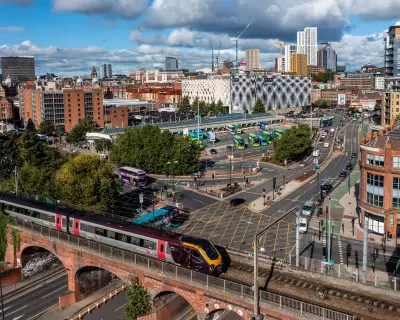
London commuters in Harrow are being warned to prepare for significant travel disruption throughout November as a series of essential roadworks and utility upgrades will temporarily close multiple key routes across the borough.
Essential Works Cause Widespread Disruption
Transport for London has confirmed several planned closures that will affect drivers, cyclists, and public transport users across Harrow. The works form part of ongoing infrastructure improvements and essential utility maintenance across the capital.
Confirmed Road Closures and Affected Areas
The disruption will impact various locations throughout Harrow, with temporary closures scheduled at different times during November. Residents and commuters should expect:
- Diversions and signed alternative routes around closed sections
- Potential delays to bus services operating in affected areas
- Increased traffic on alternative routes as drivers seek bypass options
- Advanced warning signs installed to alert road users of upcoming works
Planning Ahead: Essential Advice for Commuters
Transport authorities are urging Londoners to allow extra journey time and consider alternative transport options where possible. The recommended approaches include:
- Check before you travel – Use TfL's journey planner for real-time updates
- Consider public transport – Underground and rail services may provide better alternatives
- Explore cycling routes – Many cycle paths will remain accessible during the works
- Adjust travel times – Travelling outside peak hours could reduce disruption impact
Long-term Benefits Despite Short-term Disruption
While the temporary closures will inevitably cause inconvenience, the completed works promise improved infrastructure and utility services for Harrow residents. The upgrades form part of London's ongoing commitment to maintaining and enhancing the city's essential services and transport networks.
Local businesses have been notified of the planned works, with suggestions to plan deliveries and staffing accordingly during the disruption period.





